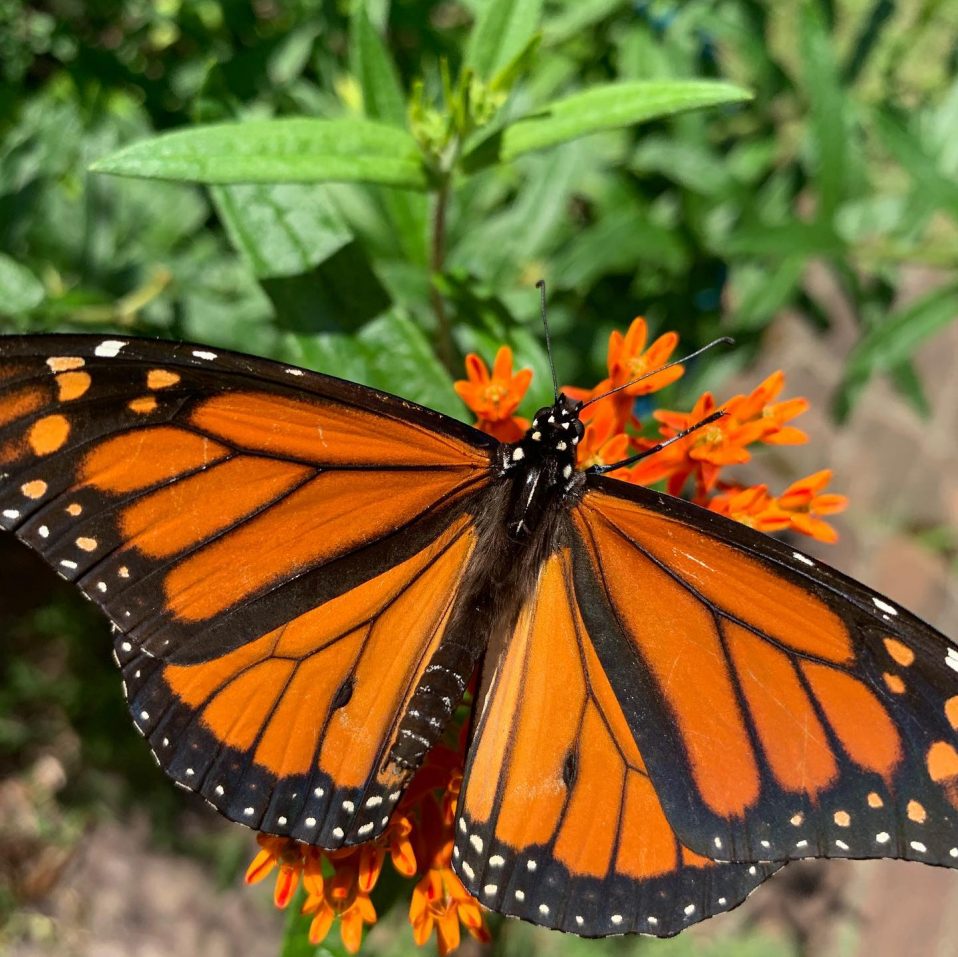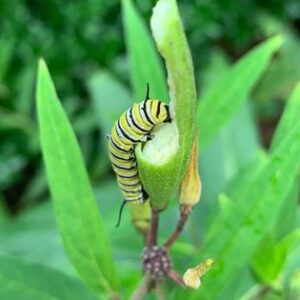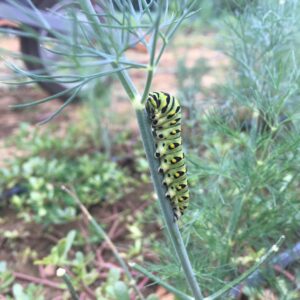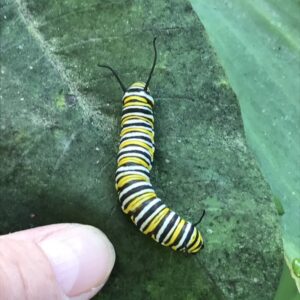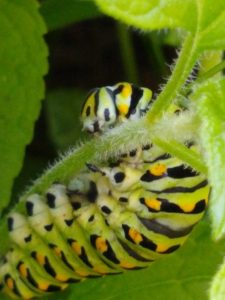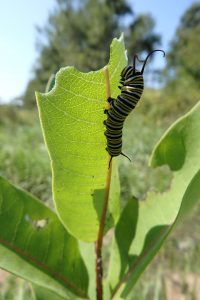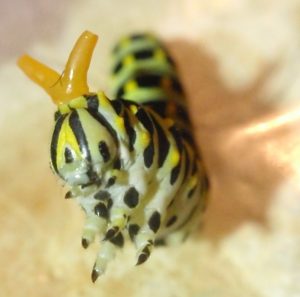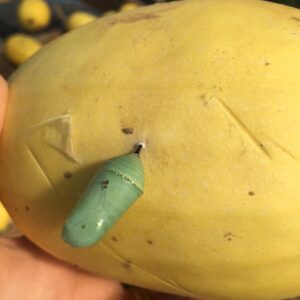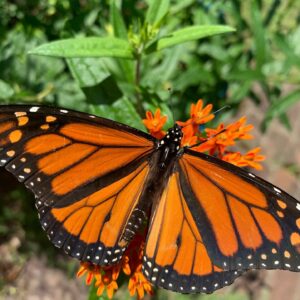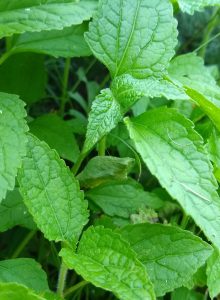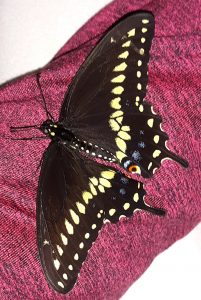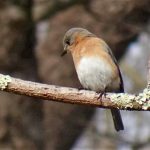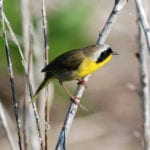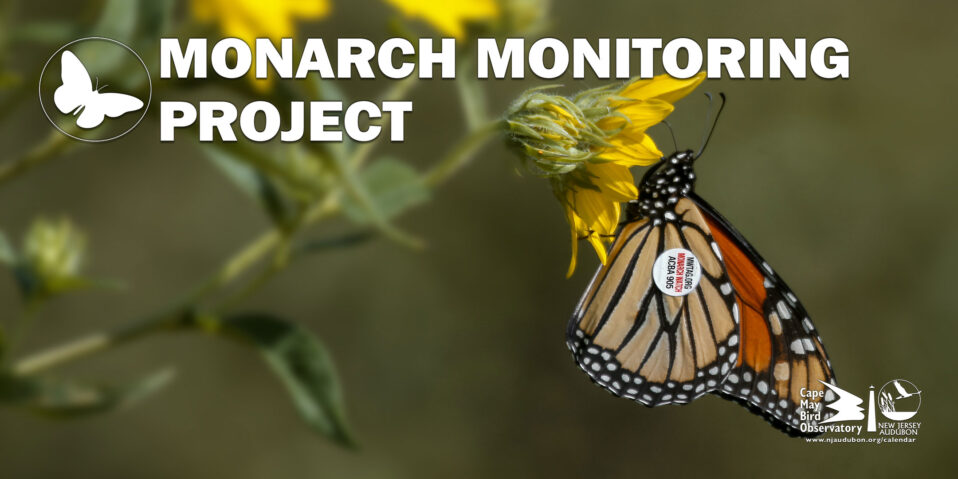Already mid-August and we are still in the swing of caterpillar season here in New Jersey. Two favorites are the monarch (Danaus plexippus) caterpillars and Eastern black swallowtail (Papilio polyxenes asterius) caterpillars. Here are several, easy ways to tell these two species apart:
Host Plant
Monarch caterpillars are specialist eaters which means they only eat one plant – milkweed in the Genus Asclepias. In other words, if you want to see monarch caterpillars, you must have milkweed in your garden. According to the Native Plant Society of New Jersey, there are 12 species of milkweed native to our state so finding a species that will flourish in your habitat should be easy based on sunlight exposure, moisture levels, and soil conditions.
Eastern black swallowtail caterpillars are generalist eaters and eat many different plants in the carrot family, Apiaceae. If you have a vegetable garden, then you are likely to see these caterpillars munching on celery, parsley, carrots, fennel, dill, and parsnips or in a meadow on Queen Anne’s lace.
Appearance
Monarch caterpillars are banded with yellow, black, and white coloration. They have two pairs of black tentacles. The pair by the head aids in navigation and the pair at the rear confuses possible predators into thinking that is the caterpillar’s head. More on their defense mechanisms below.
Eastern black swallowtail caterpillars are green with thin black bands and thicker black bands dotted with bright yellow. They do not have any external tentacles.
Defense Mechanism
Milkweed plants contain a poisonous chemical called cardiac glycosides. When monarch caterpillars eat the leaves of a milkweed plant, their bodies become poisonous. This poison follows the caterpillar through their various life stages and into an adult as a butterfly. The adult monarch butterfly has a second form of defense in their aposematic coloring, or warning colors of bright orange with black stripes. When a bird eats a monarch caterpillar or butterfly, the bird becomes sick soon after and remembers to never eat another one again.
Would you want to eat something that ejected a brightly colored hidden organ that emits a foul smell and throws up at the same time? This is the defense mechanism of Eastern black swallowtail caterpillars. Behind their head and tucked into their thorax is a hidden organ called an osmeterium. When threatened, the caterpillar extends this orange organ resembling forked snake tongue that emits a rancid smelling chemical. The caterpillar may also eject their last meal onto their potential prey as well. That does not sound appetizing!
So the next time you are in your garden, check to see if you have either of these interesting and beautiful caterpillars. You may even be able to witness them transition from caterpillar to chrysalis to adult and fly away!




